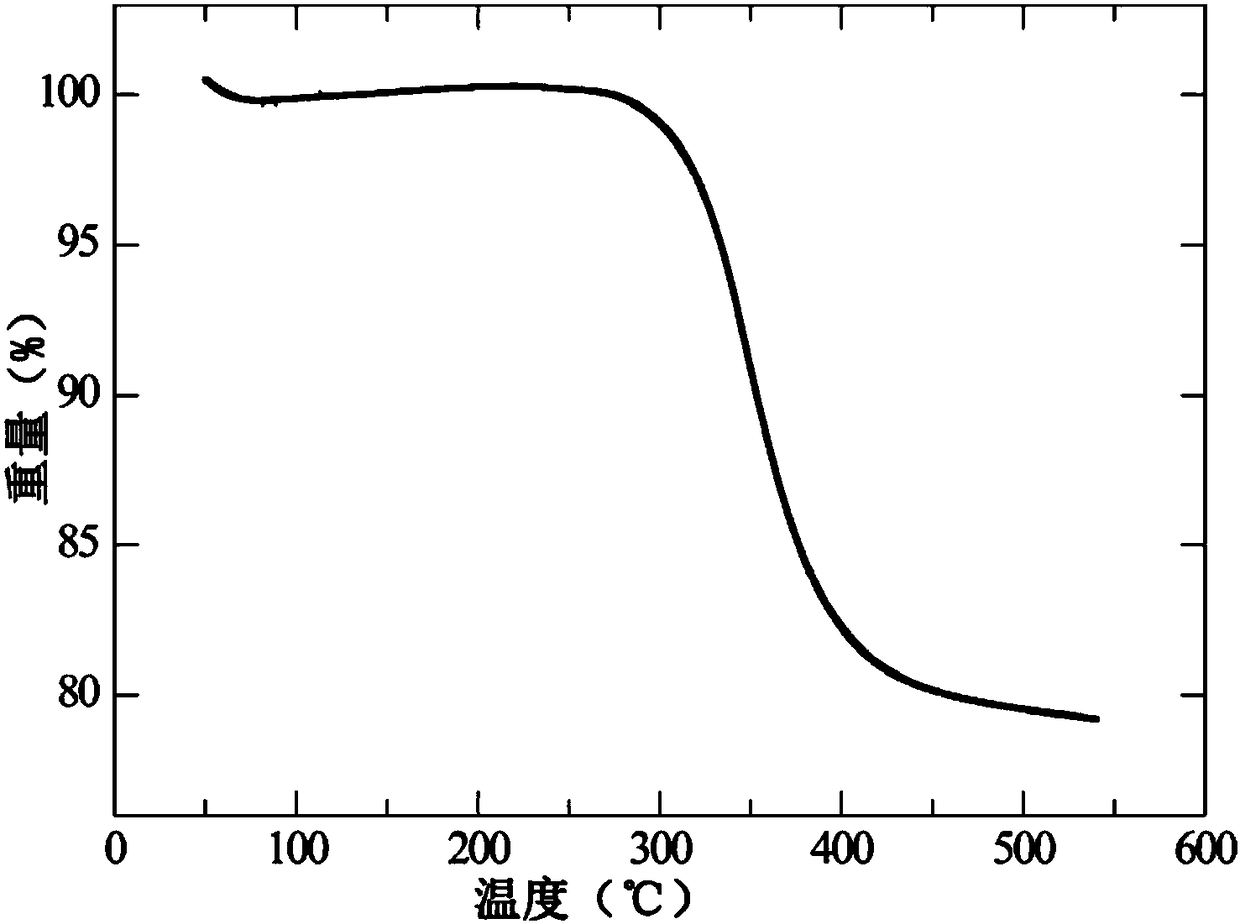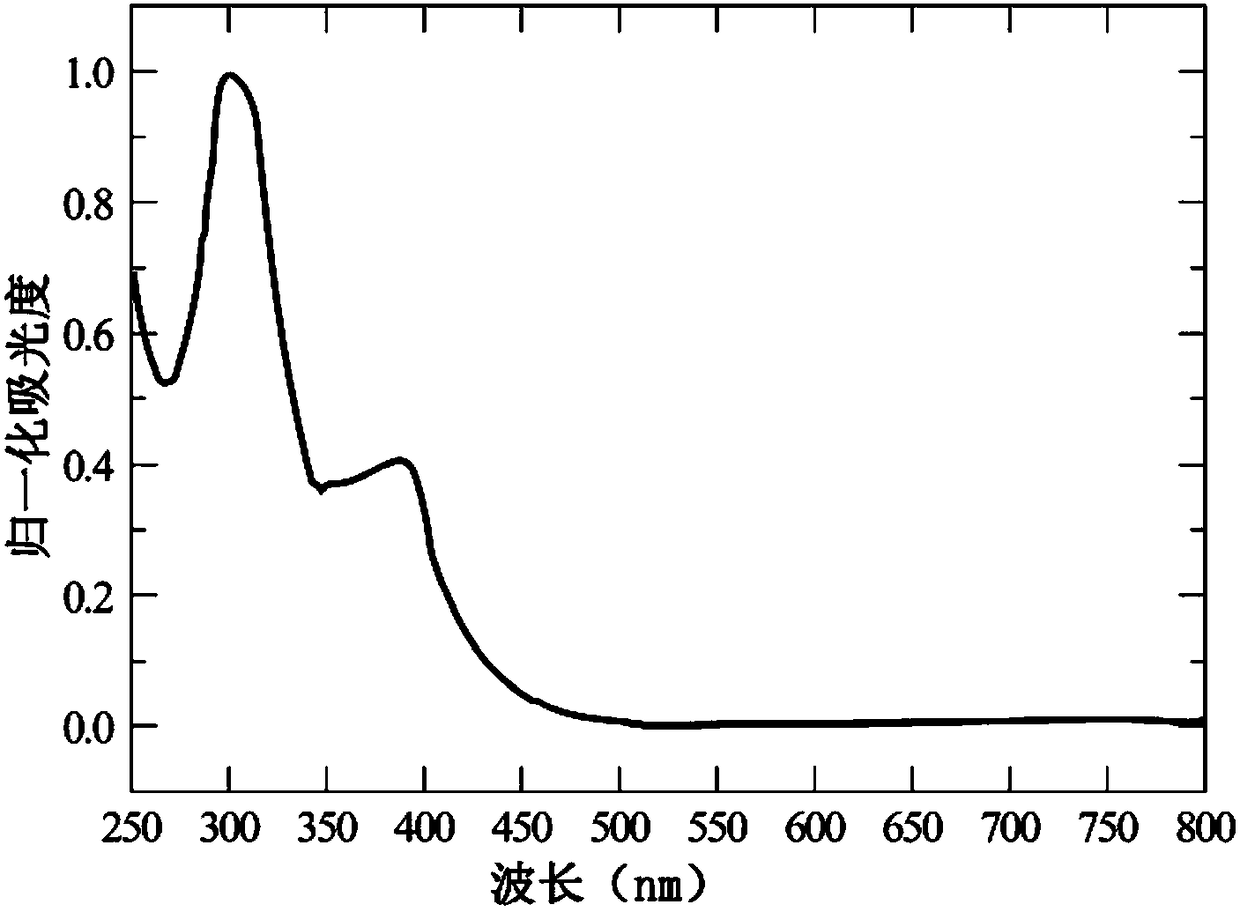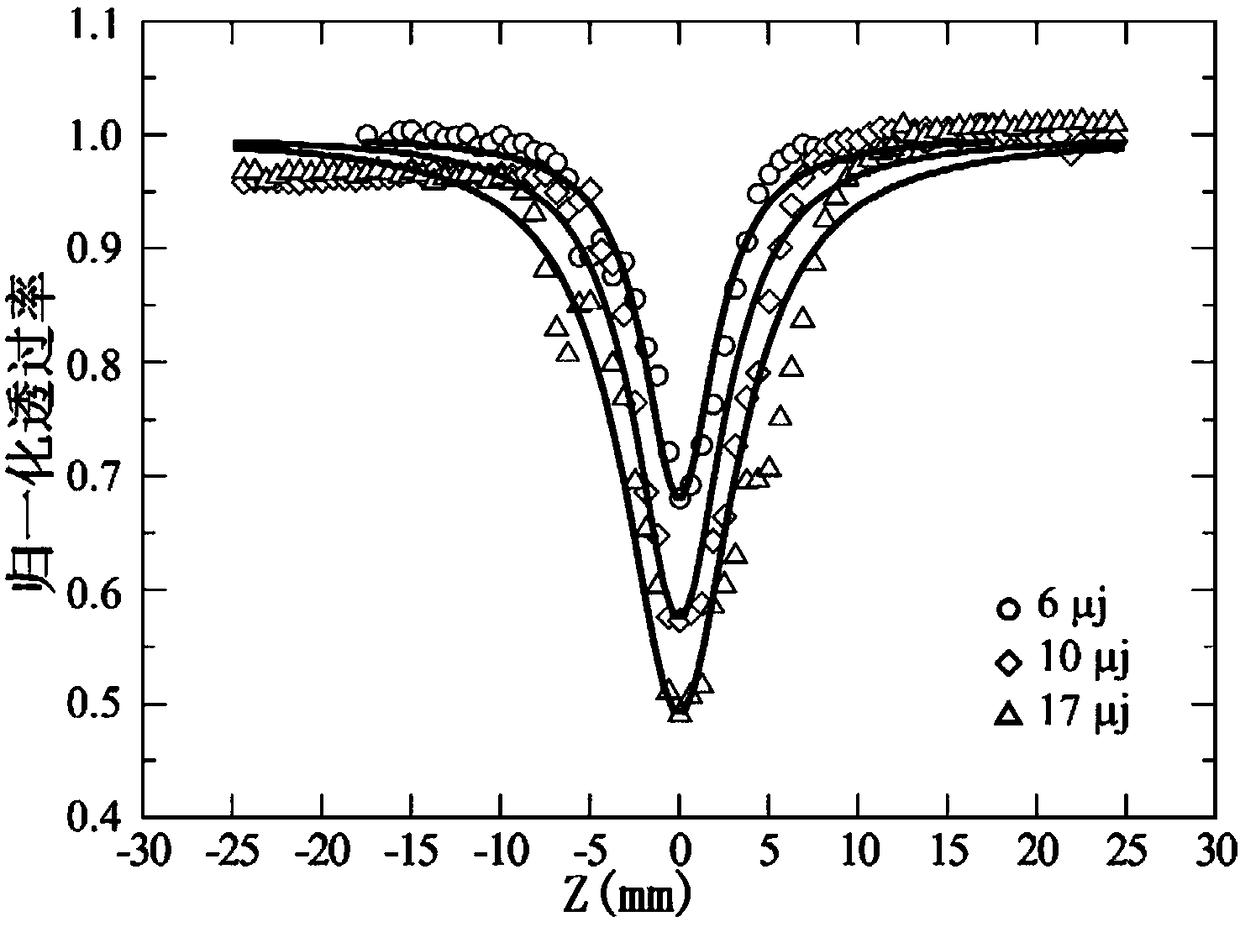Broad band optical amplitude limiting material as well as preparation method and application thereof
An optical limiting and broadband technology, applied in the field of broadband optical limiting materials and their preparation, can solve problems such as limiting practical applications, and achieve good solubility and thermal stability, high limiting performance, and high transmittance Effect
- Summary
- Abstract
- Description
- Claims
- Application Information
AI Technical Summary
Problems solved by technology
Method used
Image
Examples
preparation example Construction
[0055] Another embodiment of the present invention provides a preparation method of a broadband optical limiting material, the preparation method comprising the following steps:
[0056] Coupling reaction of halogenated tetrathiafulvalene and trimethylsilylacetylene, and then obtaining ethynyl-substituted tetrathiafulvalene derivatives under alkaline conditions;
[0057] Mix benzimidazole derivatives or bipyridine derivatives with potassium tetrachloroplatinate, reflux, separate and purify by column chromatography to obtain platinum-containing compounds;
[0058] The ethynyl-substituted tetrathiafulvalene derivative and the platinum-containing compound are dissolved in a solution, and reflux reaction is carried out under alkaline conditions and an inert atmosphere, and the broadband optical limiting material is obtained by separation and purification.
[0059] In the above preparation method, the raw materials are simple and easy to obtain, and the preparation process is simpl...
Embodiment 1
[0067] The preparation of a broadband optical limiting material comprises the steps of:
[0068] 1) Synthesis of tetrathiafulvalene-containing compounds. The synthesis of this monomer refers to but not limited to the literature Selectivefunctionalization of tetrathiafulvalene using Mg-and Zn-TMP-bases: preparation of mono-, di-, tri-, and tetra-substituted derivatives, Org.Lett., 2015,17,5356 and Synthesis of new ethylbipyridine-linked mono-and bis-tetrathiafulvalenes:electrochemical,spectroscopic,and Ru(II)-binding studies, Tetrahedron,2008,64,1345 disclosed method synthesis; The structure of the synthesized electron donor monomer is:
[0069] 2) Synthesis of Pt(II)-containing compounds: the synthesis of this compound refers to, but is not limited to, the literature Light-emittingtridentate cyclometalated platinum(II) complexes containing σ-alkynylauxiliaries: tuning of photo-and electrophosphorescene, J.Am.Chem.Soc., 2004,126,4958 and Design strategy for high-performance ...
Embodiment 2
[0078] The preparation of a broadband optical limiting material is similar to Example 1, the difference is that the Pt(II) compound in step 2) is an acceptor compound containing an A2 group whose alkyl chain is n-butyl, and the compound structured as The synthesis of this compound refers to, but is not limited to, the method disclosed in the document Second-Order NLO Switches from Molecules to Polymer Films Based on Photochromic Cyclometalated Platinum(II) Complexes, J.Am.Chem.Soc., 2004, 136, 5367. It can be known by NMR characterization , the structural formula of a broadband optical limiting material synthesized in step 3) is
[0079]
[0080] The obtained broadband optical limiting material has similar ultraviolet-visible absorption spectrum and thermal stability to the material in Example 1. The nanosecond laser limiting performance tests of 532nm and 1064nm were carried out by Z-scan technology, and the results showed that the obtained optical limiting material had si...
PUM
 Login to View More
Login to View More Abstract
Description
Claims
Application Information
 Login to View More
Login to View More - R&D
- Intellectual Property
- Life Sciences
- Materials
- Tech Scout
- Unparalleled Data Quality
- Higher Quality Content
- 60% Fewer Hallucinations
Browse by: Latest US Patents, China's latest patents, Technical Efficacy Thesaurus, Application Domain, Technology Topic, Popular Technical Reports.
© 2025 PatSnap. All rights reserved.Legal|Privacy policy|Modern Slavery Act Transparency Statement|Sitemap|About US| Contact US: help@patsnap.com



